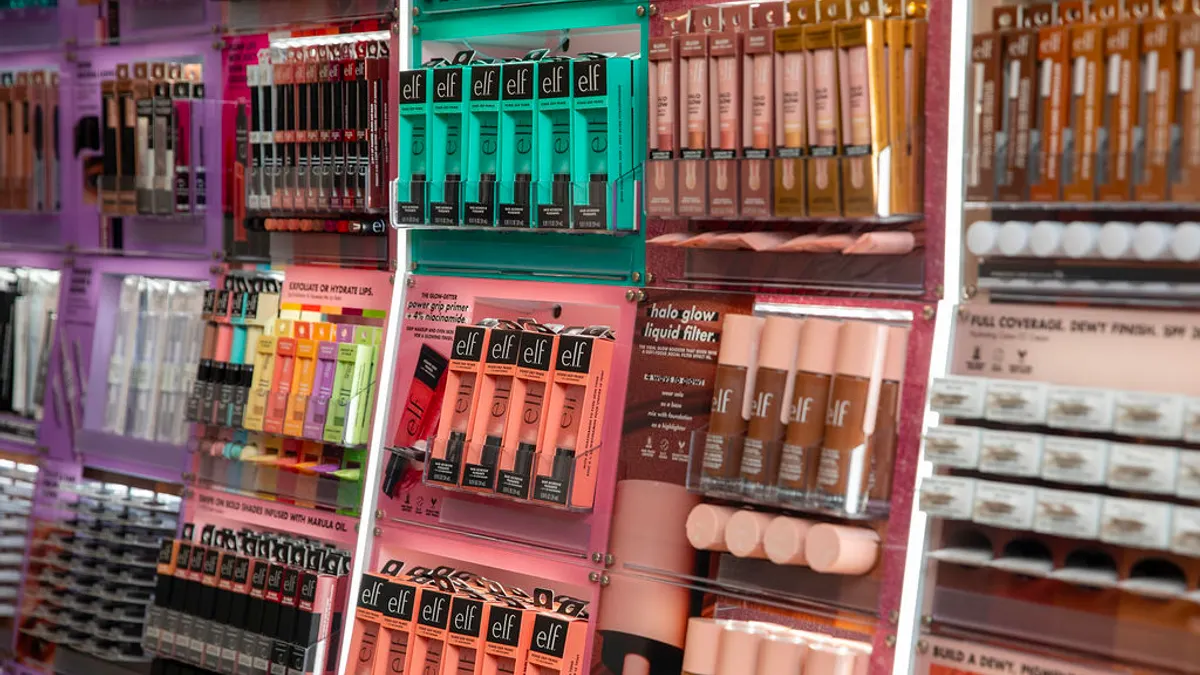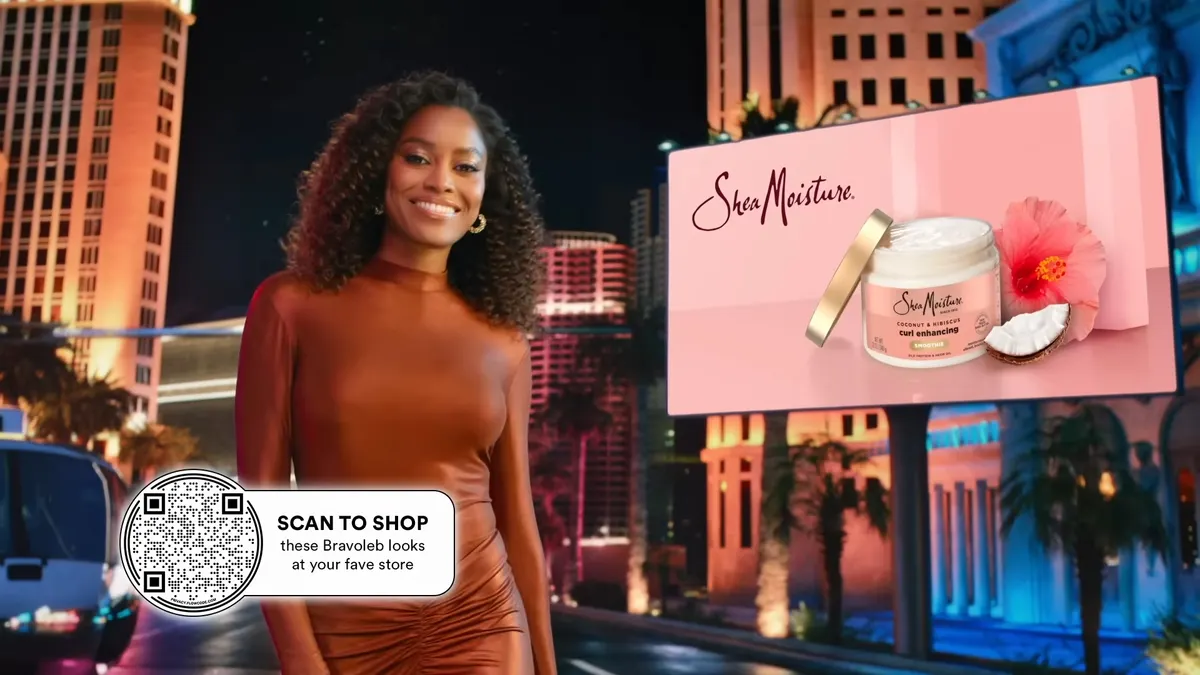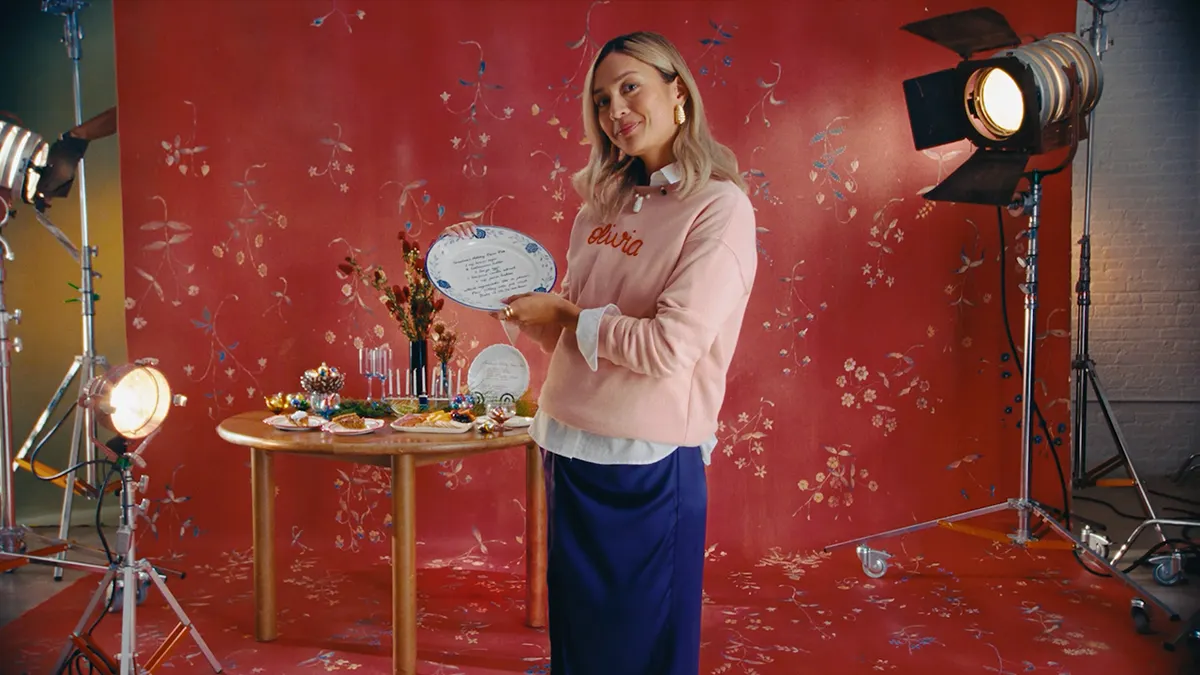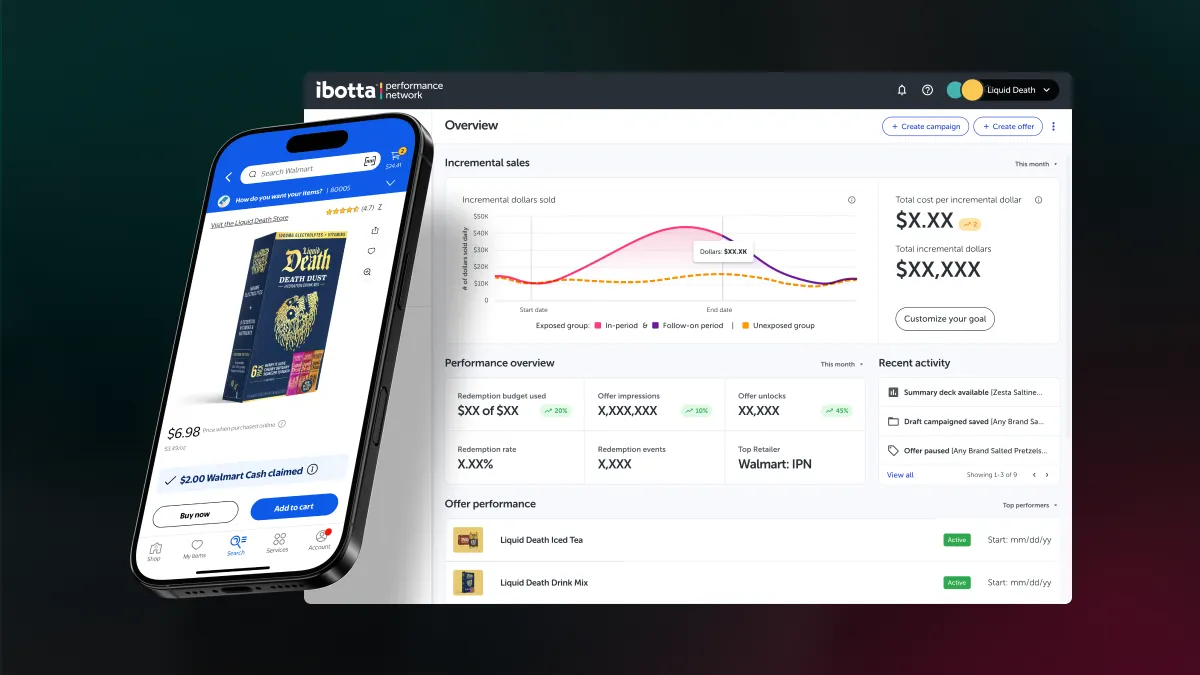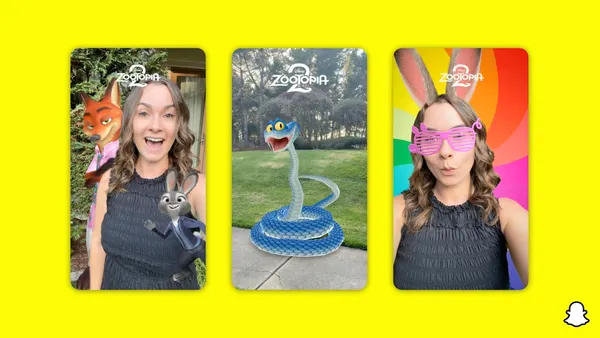How does a midsized brand in the hyper-competitive footwear category break into an emerging market like China? For New Balance, the solution to a complex question was fairly simple — if risky — according to executives speaking at the IAB's NextGen Marketing Conference in New York last week. The 113-year-old company ignored "tried-and-true" mobile advertising formats like video to make a bigger bet on gamification.
"Our marketing department is constantly pumping out video content, and when we look at those average watch times, we're only seeing people are hanging on for about two to three seconds," Michaela Nee, New Balance's integrated marketing associate of global brand programs, said during a panel at the show. "That makes you take a step back and really look at what tactics we're putting into market that drive effectiveness and move our brand forward."
In a bid to spur higher engagement, New Balance turned to technology partner TreSensa to develop a playable ad campaign targeted at elusive Chinese consumers, along with audiences in Japan and the U.S. The interactive "Cloud Jumper" game, which promotes New Balance's Fresh Foam cushioned shoe line and resembles popular apps like "Doodle Jump," was distributed programmatically via major mobile ad exchanges and through paid social on Facebook, Instagram and Snapchat, according to TreSensa co-founder and chief executive Rob Grossberg.
Despite New Balance's lack of experience with gaming, the effort drove an 18.84% brand lift overall, with a 28.9% lift in China, a 14.6% lift in the U.S. and a 10.3% lift in Japan. For hitting engagement benchmarks, the ads saw 21 seconds of average play time, a 5% click-through rate and an 83% replay rate, per company slides shared at the presentation. When stacked against tactics like mobile video, those results have led New Balance to think differently about how it engages users through "alternative" marketing solutions, according to Nee.
"There's a point to be made against just passively watching a piece of video content," Nee said, reflecting on the campaign.
"The risk is falling back on the formulaic approach to content distribution. That becomes the danger to growing our brand," Nee added. "It's not these kind of experimental ideas — it's pumping out all of this content and only receiving two to three seconds view time."
Pushing for creative distinction
Playable ads helped New Balance stand out as more unique in a crowded category that continues to focus on glossy, high-production and purposeful video content. While New Balance is a recognized name, the company has frequently struggled with the issue of misattribution, including when it comes to video. Survey statistics shared by Nee revealed that consumers frequently attribute New Balance's work to bigger-budgeted rivals like Nike and Adidas. The campaign with TreSensa, however, actually improved how much credit the company received for its marketing.
"Knowing that we don't have the spend levels to be competing with our competitors ... we don't have the luxury to also be basically selling shoes for them," Nee said. "There's a point to be made about creative distinction in that context ... we didn't lose any share to our competitors [with the playables campaign]."
To make the playables, which were served interstitially, pop on mobile screens and align with its broader positioning, New Balance layered in design elements from other aspects of the Fresh Foam creative. The push adopted a "full-funnel" approach, per Nee, leading users to links that would open product pages directly on New Balance's site. Activating a campaign spanning multiple regions and ensuring the presentation was consistent across those regions still presented a challenge.
"As a global brand, [a] global organization, showing up to market as one brand in every region is a challenge for us," Nee said. "We don't have a super clear line of sight into what are regions are activating."
TreSensa won New Balance's business in part by pitching its distribution network. This was particularly appealing as a means to reach China, which Nee noted has aggressive conversion goals but also exists as sort of a "black hole," in reference to the notorious barriers Western companies face when trying to enter the market.
"To be able to hand over an asset or a full program that is cohesive across the globe — something that regions can rally around — is quite rare, but a big opportunity for us, and something that Tresensa was able to solve with this product," Nee said.
Leveling up data
Tactics like those New Balance deployed for its comfort-focused Fresh Foam campaign are becoming more common as marketers rethink how to engage increasingly ad-averse and mobile-first audiences. Millennials and Gen Z, in particular, are ignoring traditional marketing, but playables, with their blueprint around interactivity and the smartphone screen, are drawing brand dollars from a number of industries.
The format has been adopted by companies like the luxury goods conglomerate LVMH Moët Hennessy Louis Vuitton, which recently worked with TreSensa on a similar campaign to New Balance's, as the IAB highlighted in a whitepaper released around the NextGen Marketing Conference. Other TreSensa clients have included Bud Light, Hollister and Grubhub. Major digital platforms like Facebook and Google are starting to introduce playable products into their ad networks in recognition of the growing traction with consumers.
"We want to reach this younger, 18-to-25-year-old demo. These are the game mechanics that we know could really resonate with that audience," TreSensa's Grossberg said during the Wednesday panel.
In an era when brands must be more careful about how they collect information online, playable stakeholders are also touting the format as a valuable and safe means of collecting first-party data. Grossberg noted that insights derived from playables can be used not only to inform further interactive campaigns, but also other marketing strategies like targeting video and display ads.
"Data is the real asset being driven by these playables," Grossberg said. "Creative is just the tip of the spear."







